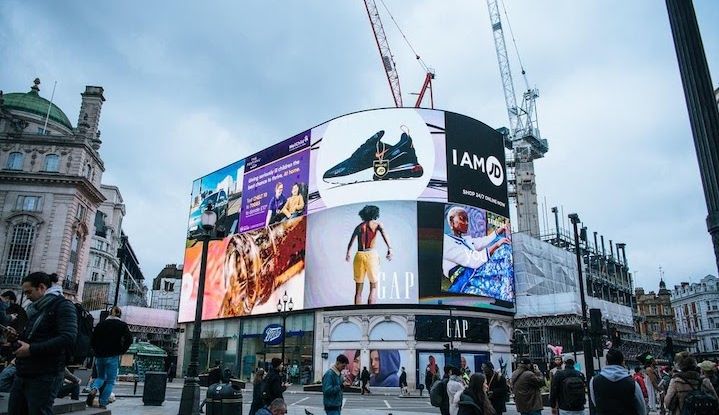Reliable insight into crowds on trains and stations using an algorithm
NS Stations
- Customer case
- Data Science
- Data consultancy



An increasing number of people are traveling by public transportation. Several stations in The Netherlands are being rebuilt or renovated to keep up with the growing number of train passengers. For the rebuilding and layout plans, information was needed on station traffic. NS Stations also wanted to improve transfer safety in collaboration with ProRail.
Our approach
Our Data Scientists and Data Engineers worked with NS Stations, NS Travelers, and several domain specialists to prototype and implement a crowding algorithm. As input, they used, among other things, OV chip card data, the realised timetable, and the conductor checks. Thus, it allows for calculating with great accuracy how many passengers were on which train at what time. This also provides the opportunity to see how large the pedestrian flows are on platforms and walking routes.
The process is largely automated. As a result, the management costs are minimal. The processing of the data is also easily scalable using the algorithm. The algorithm is built in such a way that the results are fully traceable, clearly explainable, and assessable.
The result
The reliability of the new algorithm turned out to be at least as high as advanced pressure sensors installed at four major stations for the same purpose. For NS Stations, this represents a huge step forward in the quantification of pedestrian flows and crowds at all NS timetabled stations in The Netherlands. Because the pedestrian flows are now transparent in detail, they can be taken into account in the renovation and layout plans of stations. In the last phase of the renovation of Utrecht Central Station, this happened instantaneously. NS Stations also use the information to consult on crowding and safety together with ProRail based on the detailed numbers.
Want to know more?
Business Manager Joachim will be happy to talk to you about what we can do for you and your organisation as a data partner.
Business Manager+31(0)20 308 43 90+31(0)6 23 59 83 71joachim.vanbiemen@digital-power.com
Receive data insights, use cases and behind-the-scenes peeks once a month?
Sign up for our email list and stay 'up to data':



